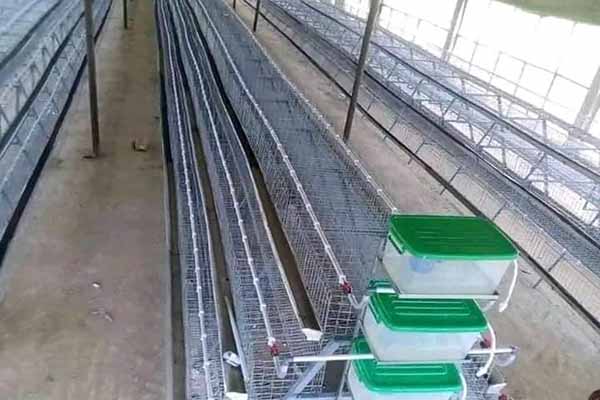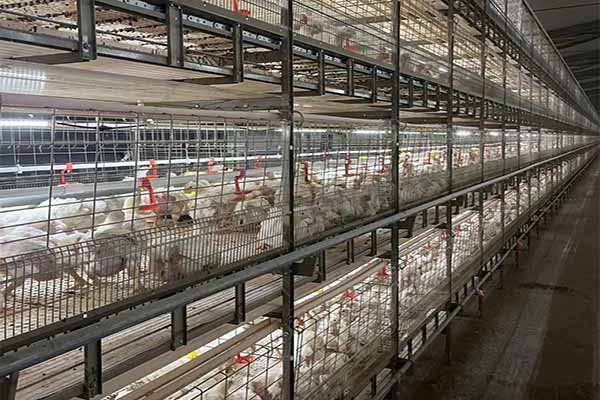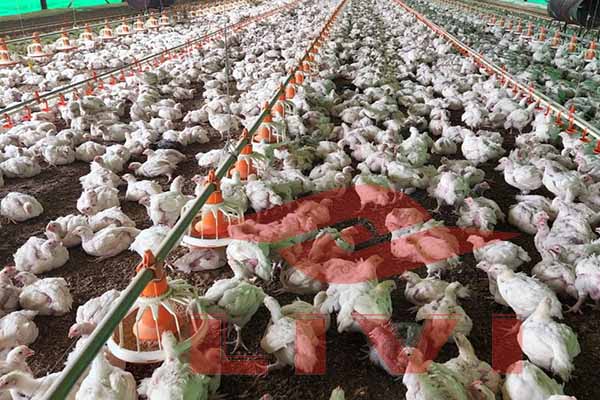Optimizing Chicken Caging for 100,000 Chickens in Nigeria
As the poultry industry in Nigeria continues to expand, the demand for efficient and scalable chicken caging solutions has surged. With a burgeoning population and increasing meat consumption, the adoption of advanced caging systems is crucial for sustainable and profitable farming. This article delves into the considerations for caging 100,000 chickens in Nigeria, providing insights and data to guide potential investors and poultry farmers.

Key Considerations for Caging 100,000 Chickens
- Space Allocation: Each chicken requires approximately 0.5 square meters of space in the cage. For 100,000 chickens, this translates to about 50,000 square meters of cage area.
- Cage Design: Rigid and durable construction is essential to withstand heavy loads and prevent chicken injuries. Steel wire mesh is a popular choice for its strength and ease of cleaning.
- Airflow and Ventilation: Proper ventilation ensures a healthy environment by reducing ammonia levels and controlling temperature. Chickens require a constant supply of fresh air.
- Food and Water Systems: Automated feeding and watering systems are crucial for efficiency. These systems should be designed to prevent spillage and contamination.
- Health and Welfare: Regular inspection and maintenance of caging systems are necessary to prevent disease and ensure the overall health of the flock.
Case Study: Nigeria’s Largest Poultry Farm
Nigeria’s largest poultry farm, with an estimated 100,000 chickens, employs a sophisticated caging system. The farm has reported the following key performance indicators:

| Performance Indicator | Value |
|---|---|
| Space Utilization | 98% |
| Airflow Efficiency | 95% |
| Food Conversion Rate | 2.1 kg per kg of gain |
| Water Consumption | 3 liters per kg of gain |
This farm’s success can be attributed to its investment in high-quality, automated caging systems that optimize chicken health and productivity.
Investment in Caging Solutions
Investing in the right caging solutions for your poultry operation can yield significant returns. A well-designed caging system can:

- Improve growth rates and health of the chickens.
- Reduce labor costs through automation.
- Minimize the risk of disease outbreaks.
- Increase overall farm productivity and profitability.
Conclusion
For poultry farmers and investors in Nigeria looking to house 100,000 chickens, choosing the right caging system is pivotal. By considering space, design, ventilation, and automation, farms can achieve optimal efficiency and profitability. Don’t miss out on the opportunity to enhance your poultry operation with cutting-edge caging solutions. Contact LIVI Mechanical for a free chicken caging design and equipment quotation today!




